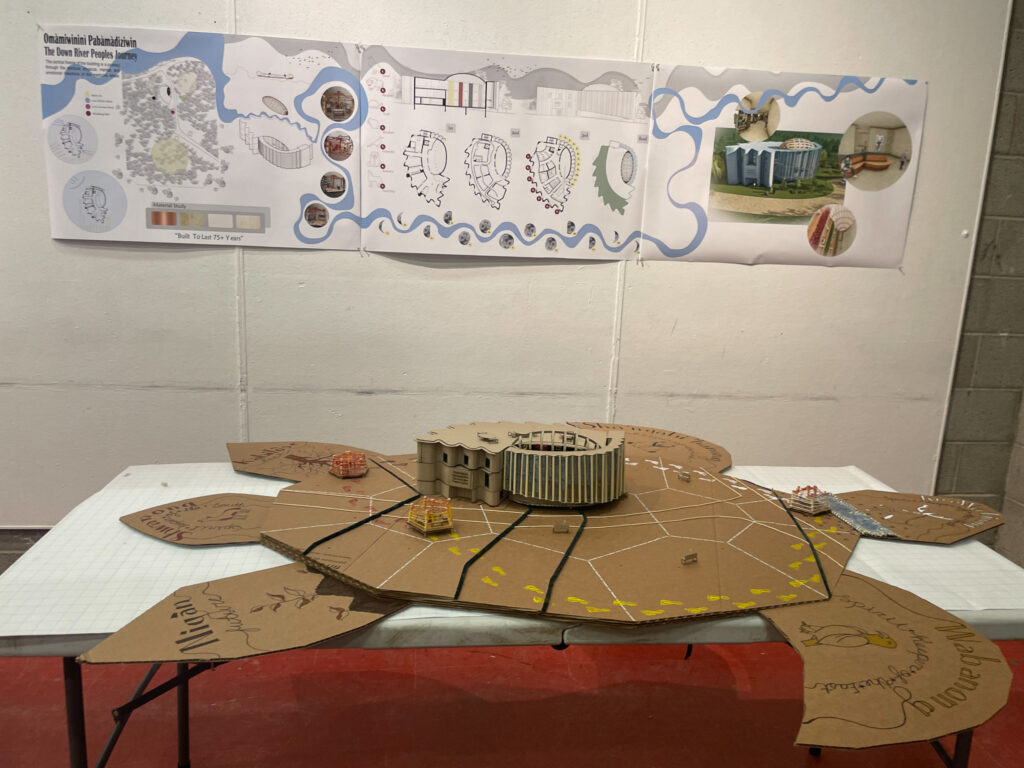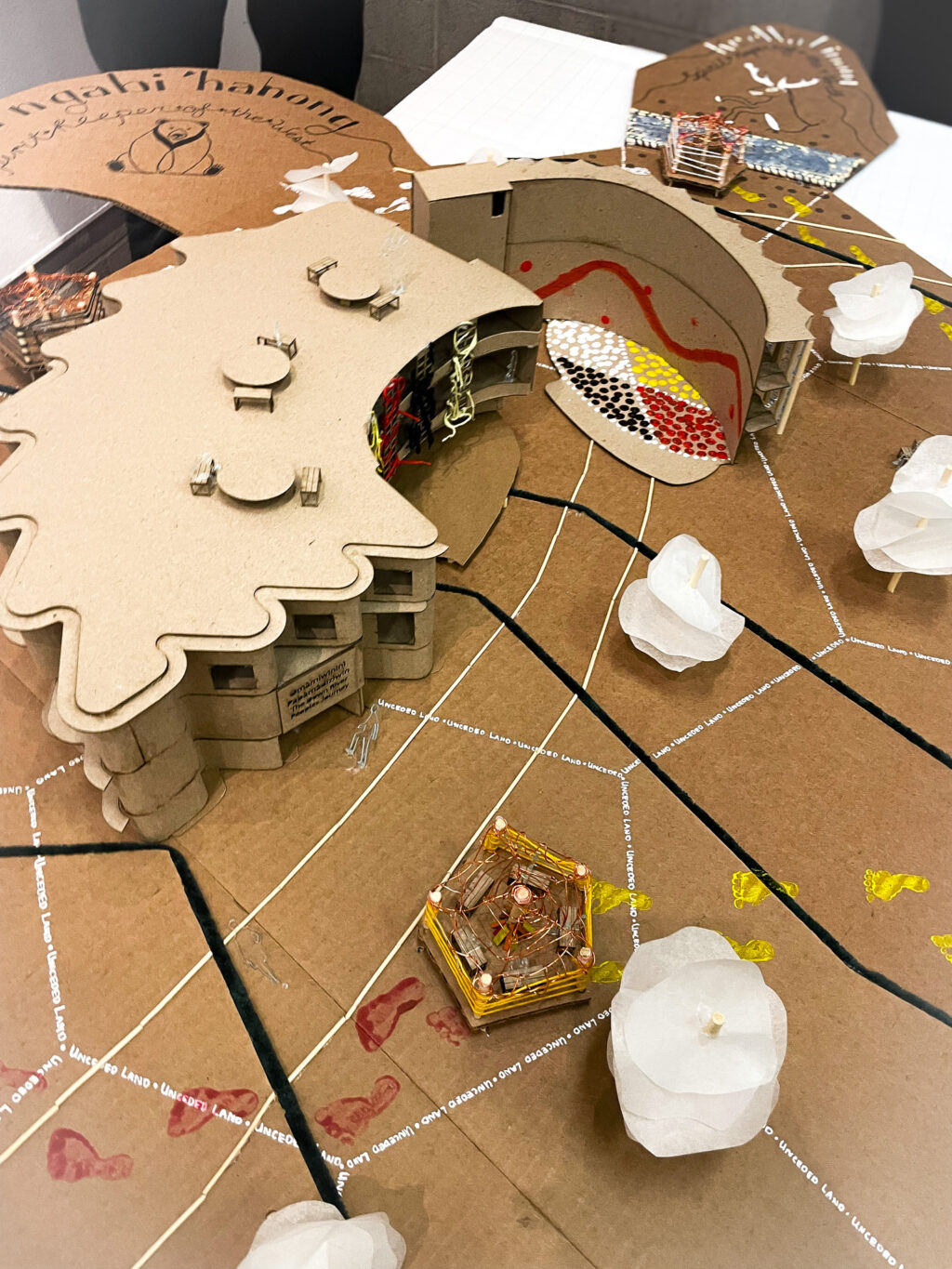Conservation & Sustainability students work with Pikwakanagan First Nation
April 29, 2025

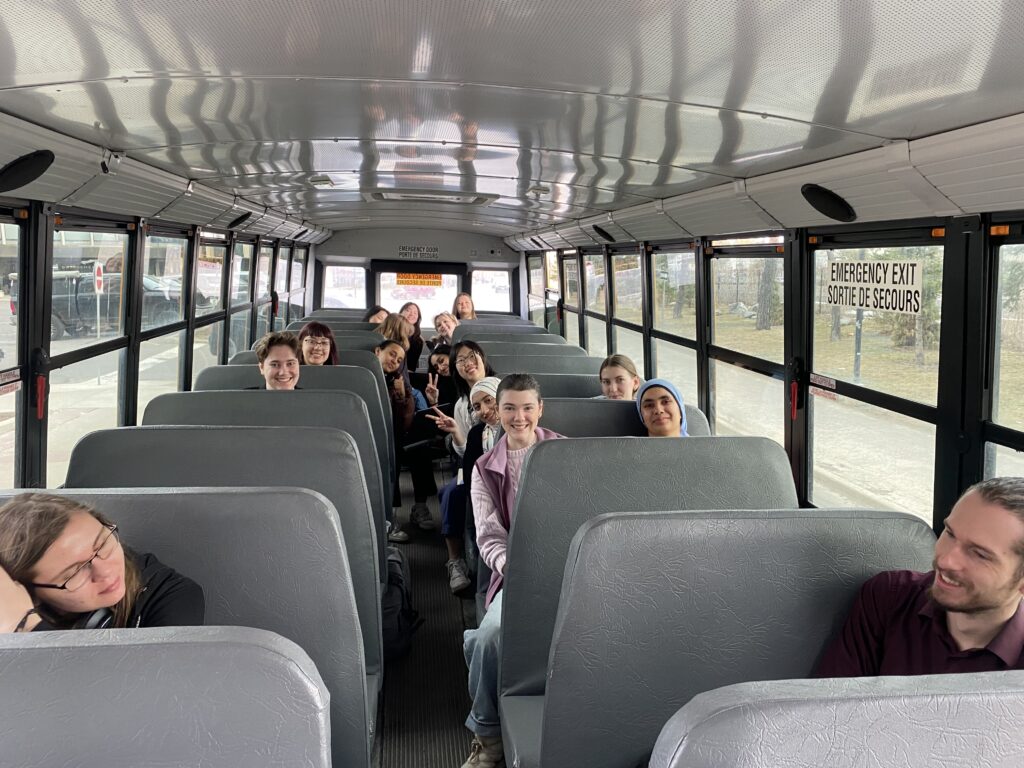
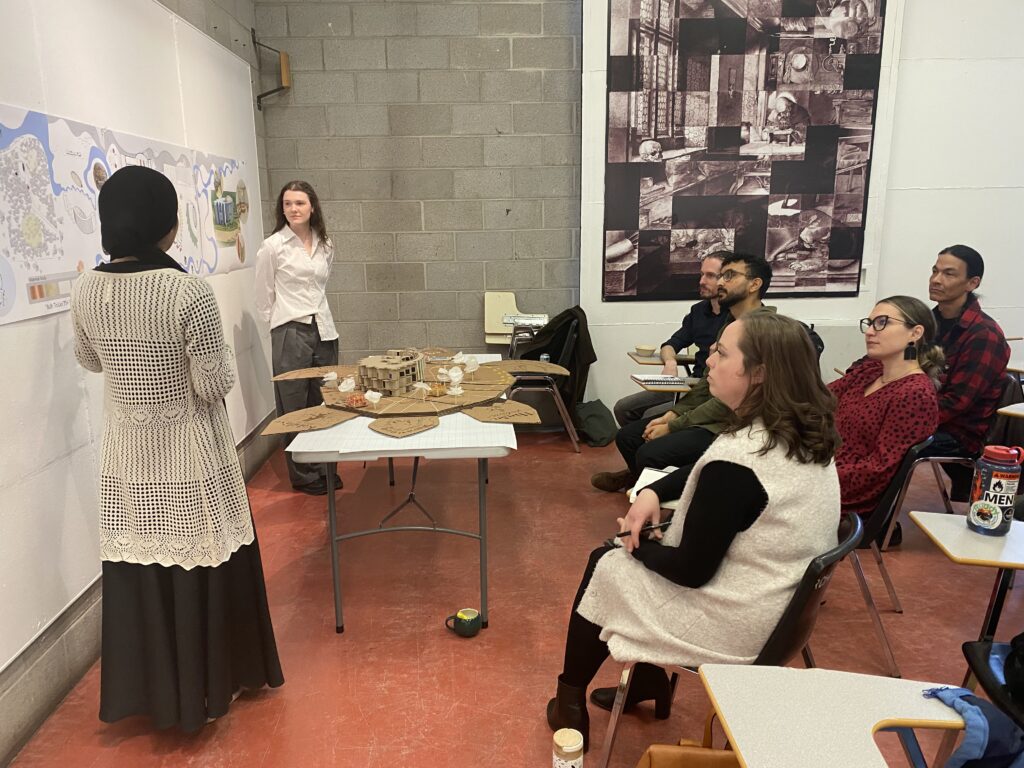
STUDIO: Second-year Conservation & Sustainability Studio ARCS2302, Winter Term
TEACHING TEAM: Adjunct Professor Jim Mountain with studio coaches Hassan Hanawi, Kaleigh Mackay, Aidan MacNaull and Arkoun Merchant
STUDENTS: Aisha Aftab, Sofia D’Amato, Harsha Bagali, Lillian Cheng, Alexia De Tina, Emilie Geve, Wengle Gossa, Arwa Hussein, Sarah Labonté, Jocelyn Leonardy, Kai Marks, Katie Stuart-Kiss, Julie Taylor, Aili Viitaniemi
CLIENT: Omàmiwininì Pimàdjwowin – The Algonquin Way Cultural Centre
Second-year Bachelor of Architectural Studies students engaged with members of the Algonquins of Pikwakanagan First Nation during the winter term to research and prepare conceptual designs for a planned new museum and cultural centre.
The program for the Omàmiwininì Pimàdjwowin — The Algonquin Way Cultural Centre includes spaces for exhibits, gatherings, ceremonies, performances, and archives. It also makes space to repatriate the “world’s largest birchbark canoe” built by 81-year-old Matthew Bernard of Pikwakanagan in 1956 and currently housed in the Canadian Museum of History.
“I’m truly proud of this group and everyone who helped us,” said Adjunct Professor Jim Mountain, who led the studio.
The students are in the Conservation & Sustainability stream of the undergraduate program at the Azrieli School of Architecture & Urbanism. The studio focused on the application of conservation and sustainability concepts, values, and approaches to the project, which aims to make a positive contribution to the social, cultural, and economic life of the Pikwakanagan community.
Pikwakanagan is 142 kilometres northwest of Ottawa, situated on the shores of Golden Lake and the Bonnechere River in Renfrew County.
“I love that Jim Mountain and the Azrieli School of Architecture & Urbanism want to support this project,” said David Assinewai, manager of language and culture with Omàmiwininì Pimàdjwowin.
“For me, the biggest part of this was the relationship-building,” said Assinewai, who served as the client representative. “Many of the students had never been to a rural area before. But the designs that they’ve created are just so amazing. It’ll be very hard to pick one. Our hope is that certain elements of these designs will be utilized.”
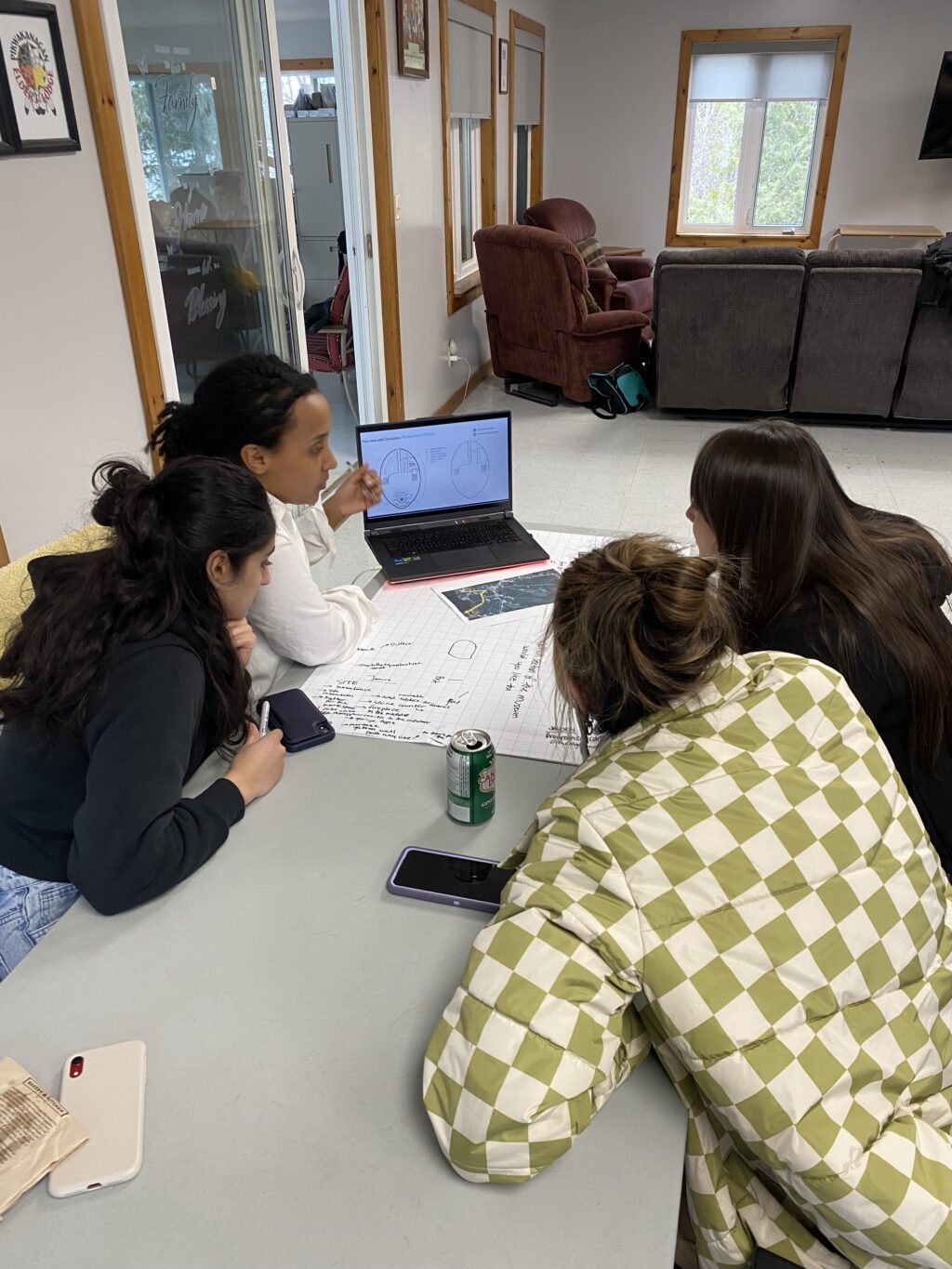
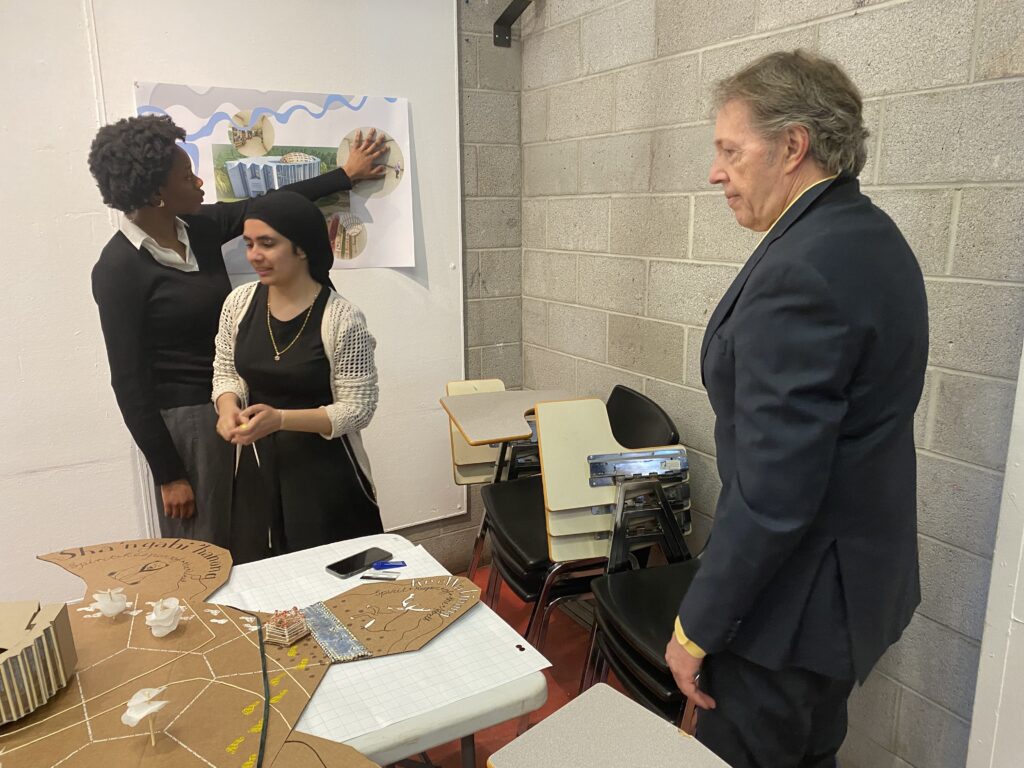
See their projects below.
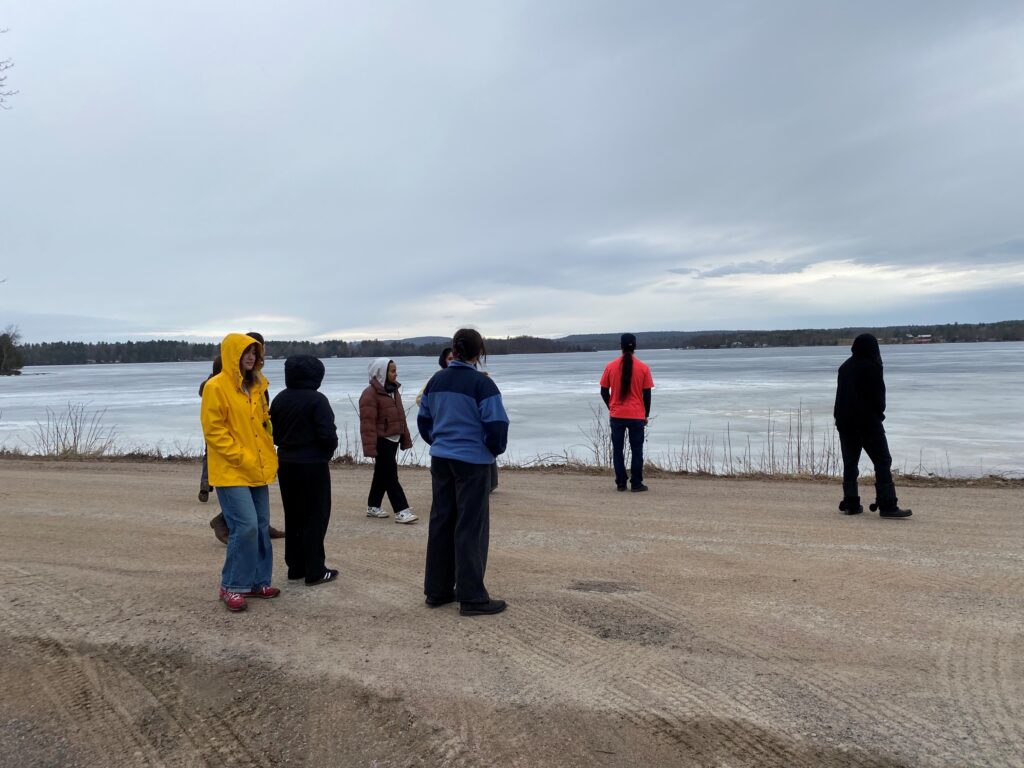
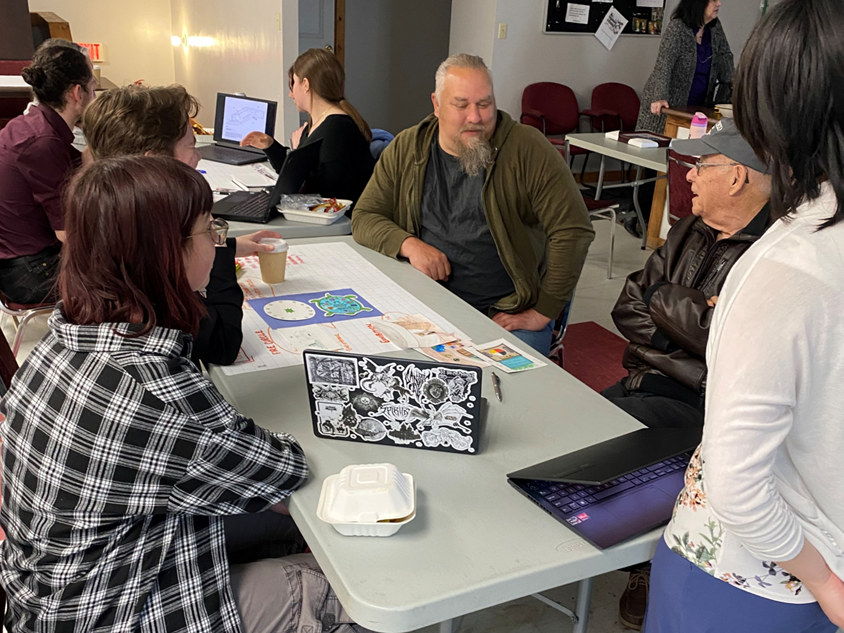
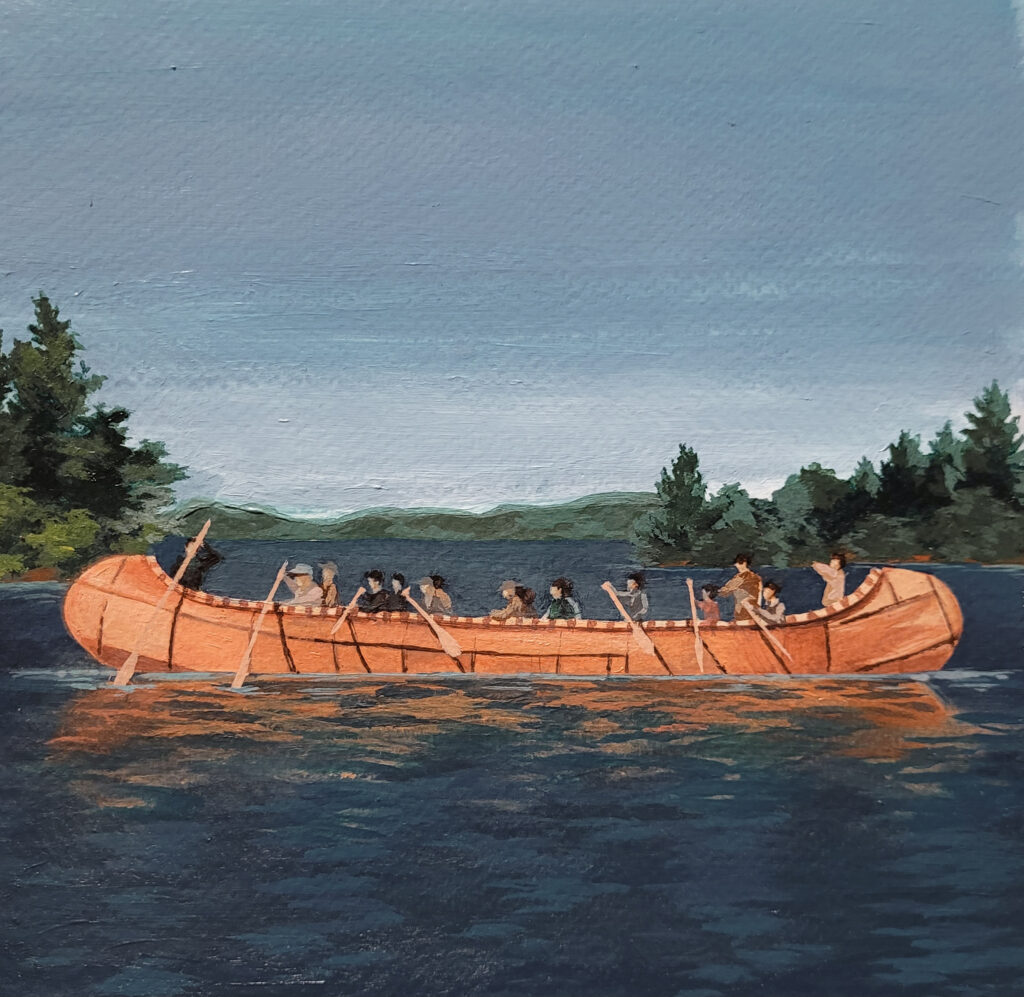
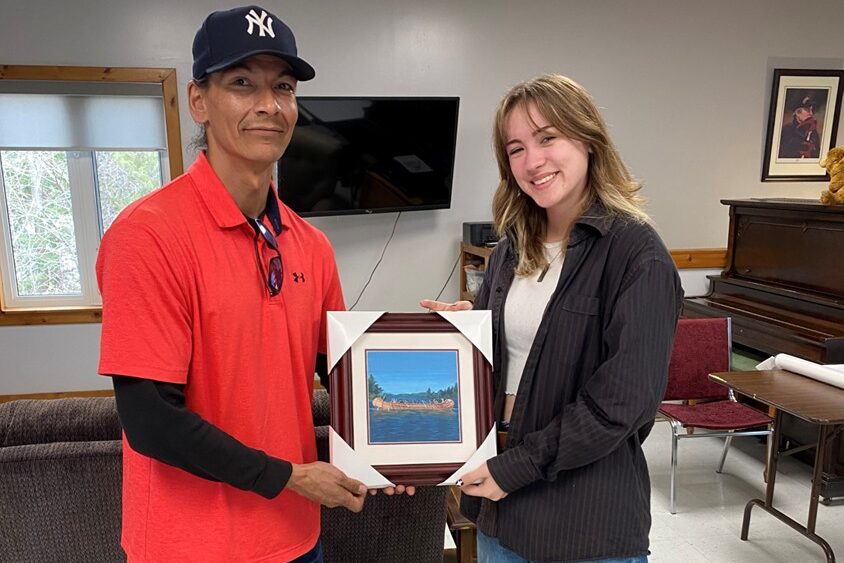
The work was divided into three phases and was guided by a protocol between the client and the studio.
Phase 1 saw the students learn, listen, research, and write for the first four weeks of the term.
Assinewai and colleague Blaze Commanda came to the school and held a smudge ceremony and a cultural immersion session with the students. The group also had a presentation by the Anishinabe Odjibikan Archaeological Field School on the 6,000-year-old site Kabeshinan at Lake Leamy Park in Gatineau, Que.
“This was the first time any of them had learned anything substantial about Indigenous cultures, spiritual beliefs, language, pre- and post-contact histories, or the Algonquin Anishinabeg Nations on whose territory the university is located,” said Mountain.
During Phase 2, students travelled to Pikwakanagan on March 20 for community engagement and preparation of draft concept designs. The trip included a site visit, hike, and an Open House at the Elders Lodge.
At the Open House, the studio group, divided into six design teams, presented their respective design concepts to a steady stream of community leaders, knowledge holders, and Elders who generously contributed their time and feedback. Among the visitors were former Chief Wendy Jocko and the granddaughter and great-granddaughter of canoe builder Matthew Bernard.
Student Katie Stuart-Kiss created a painting of the 36-foot-long canoe and presented it to Assinewai on behalf of the school. It will hang in the new centre.
During the second phase, the students also benefited from presentations by Winnipeg architect Ryan Gorrie, leader of the Indigenous Design Studio at Brook McIlroy, and Jessie Richard, curator of the Kay-Nah-Chi-Wah-Nung Manitou Mounds Heritage Centre in Rainy River First Nations.
In Phase 3, students prepared and finalized concept designs. This entailed site visits to the Wabano Centre for Indigenous Health and the Canadian Museum of History’s curatorial centre to view the Matthew Bernard canoe.
The final term review on April 15 was an emotional celebration of the students’ dedicated, creative work. It commenced with a welcome prayer by Elder Francis Sarazin, a smudge ceremony for all attending, a potluck feast, and presentations of six concept designs by the studio teams.
The reviewers included architects and alumni Alison Price and Ali Piwowar, currently with PSPC’s Parliamentary Precinct project, studio coach and alum Arkoun Merchant, and Pierre Desrosier, curator with the Canadian Museum of History.
Omàmiwininì Pimàdjwowin staff members Jayden Kohoko Autio, Tanisha Barberstock, Willy Dick, and David Assinewai also generously offered constructive critiques, as did alumni Kaleigh Mackay and Lily Zegerius.

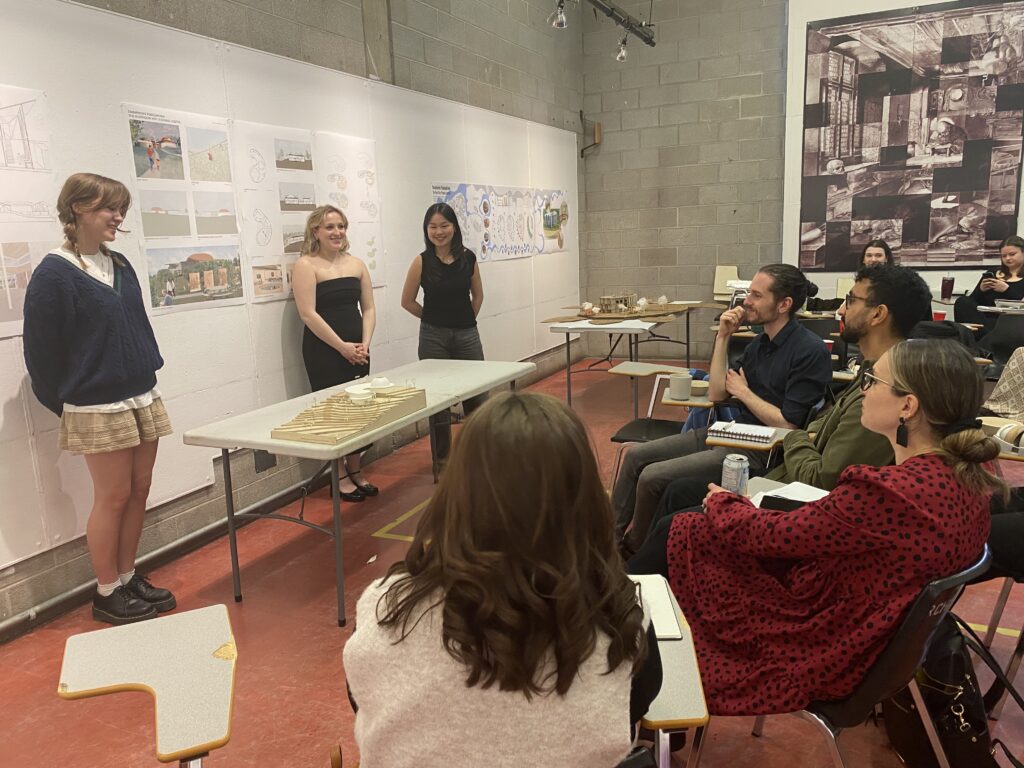
Studio design panels, models, and the final report will be presented to community members of Pikwakanagan later in May.
“For the next step, we’re going to showcase all of these designs in the community for further community engagement,” said Assinewai. “We’ll do a community presentation, and we’ll probably have an online portion as well because the bulk of our community lives off-reserve.
“I’m just really thankful for the opportunity to work with our future leaders,” he added.
――――――――――――――――――――――――――――――――――――――――――――――――――
Students: Arwa Hussein and Aili Viitaniemi
Description: Our vision is to create a space for gatherings, work, learning, and knowledge sharing. A key focus is preserving the site, safeguarding cultural heritage, and returning artifacts. By incorporating culture into the design, the centre will be empowered, allowing visitors to learn about the culture simply by being present in the space. Storytelling is our guiding light.
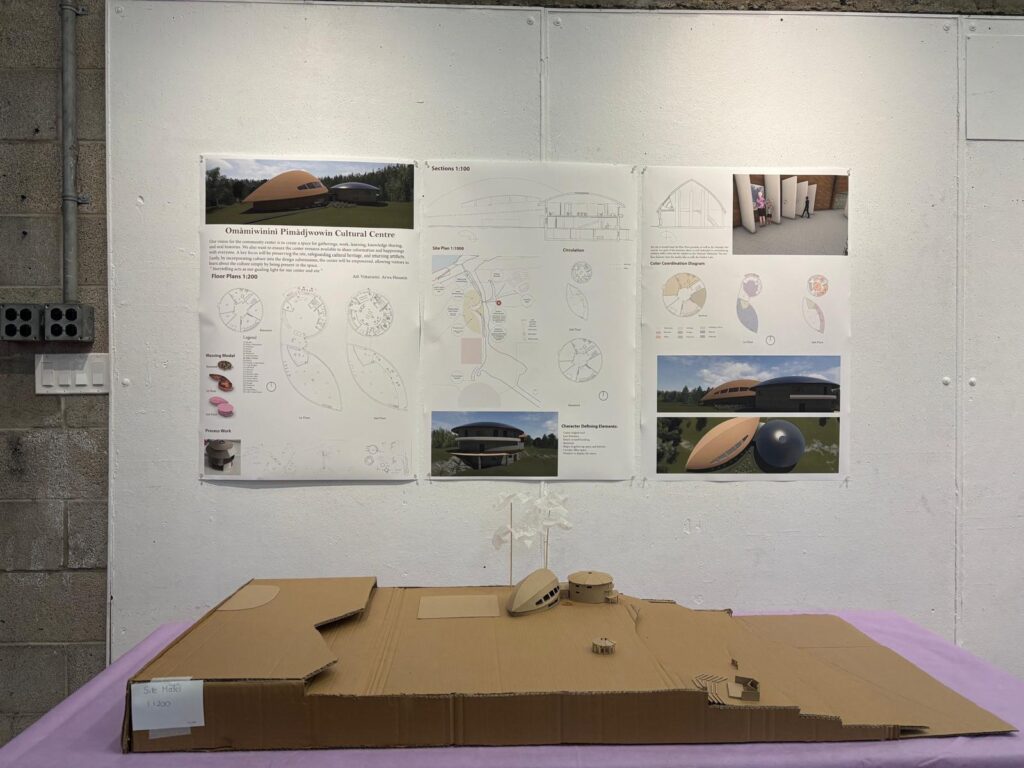
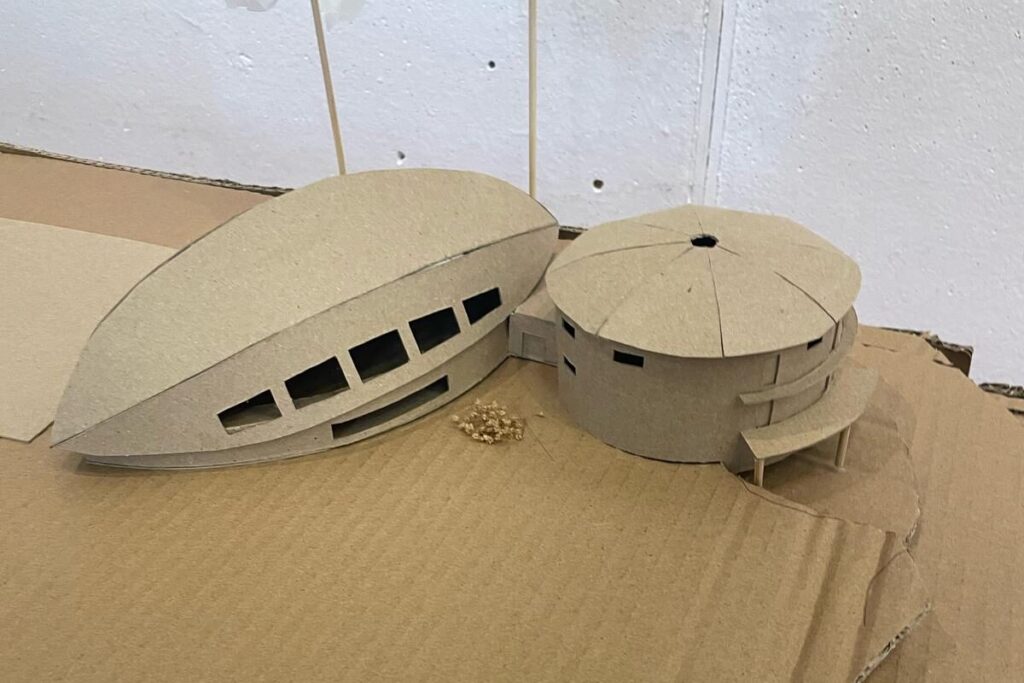
Students: Wengle Gossa and Harsha Bagali
Description: This space will bring together library resources, archival materials, artworks, and museum artifacts. The museum will house significant community canoes, honouring the Algonquin connection to water, travel, and craftsmanship. Our design concept integrates water into our design, materially and through the building’s rainwater system.
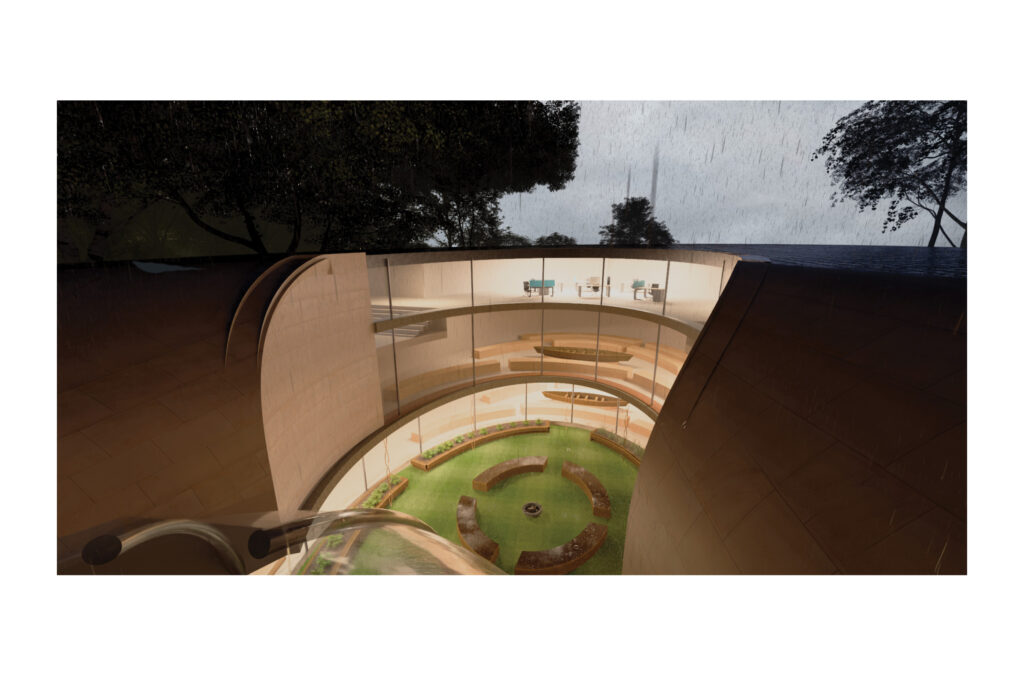
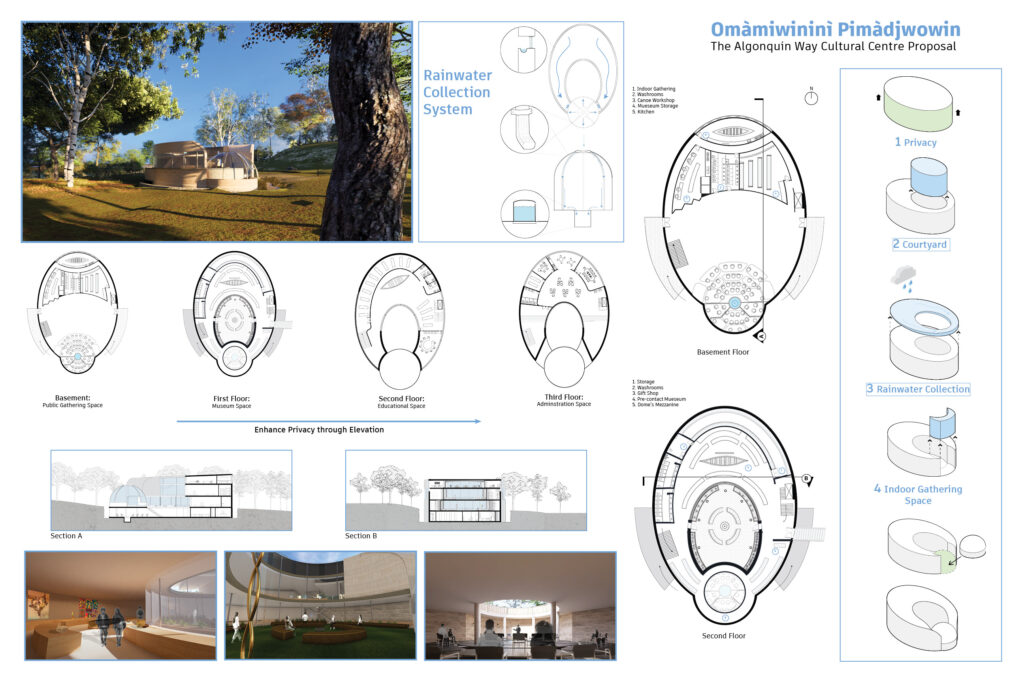
Students: Kai Marks, Emilie Geve, and Lilian Cheng
The cultural centre design draws inspiration from community-shared cultural knowledge, natural elements like the turtle and water from the creation story, and the 13 moons of the Algonquin Anishinaabe calendar. The design also highlights Matthew Bernard’s birch bark canoe, incorporates water features throughout the building, names rooms after animals, and caters to different age groups.
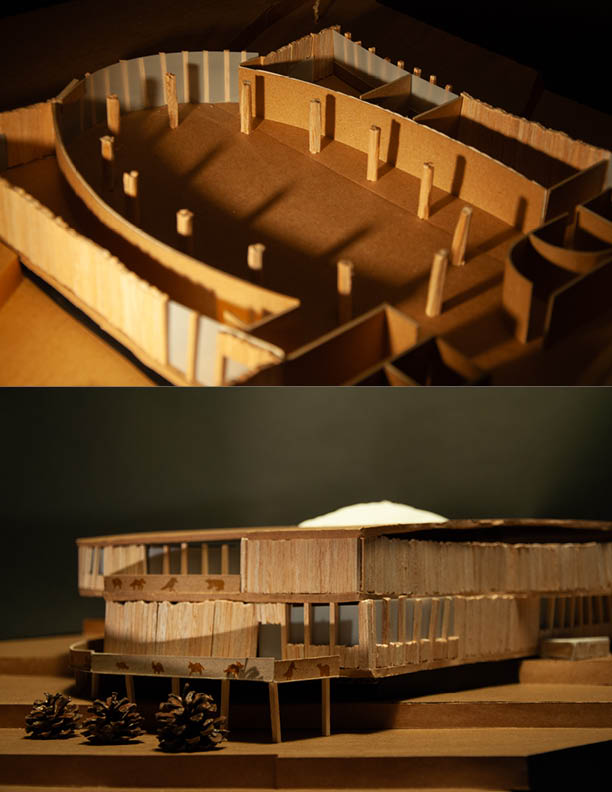
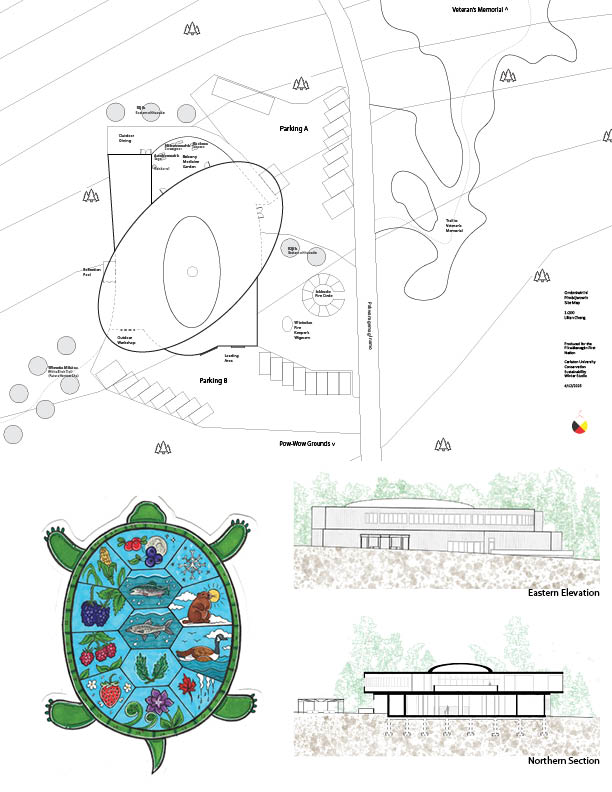
Students: Julia Taylor and Alexia De Tina
Description: The design was developed through a participatory process and informed by traditional knowledge, integrating key cultural spaces including a gathering hall, exhibition area, library, workshops, and a children’s centre. The interior render displays a gathering hall encircled by the 13 pillars representing the 13 moons. The model showcases the geometric roof representing the hills of Pikwakanagan.
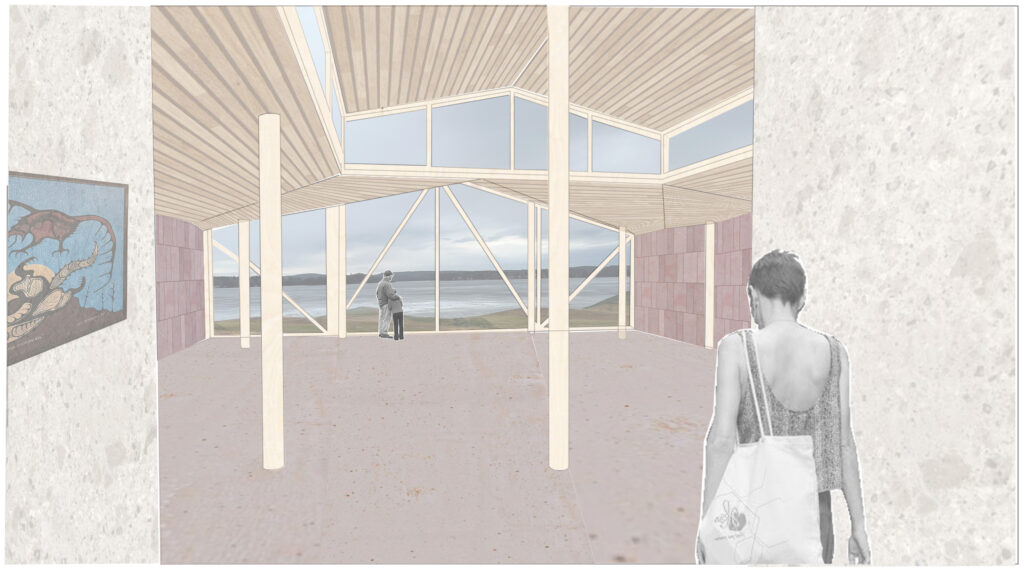
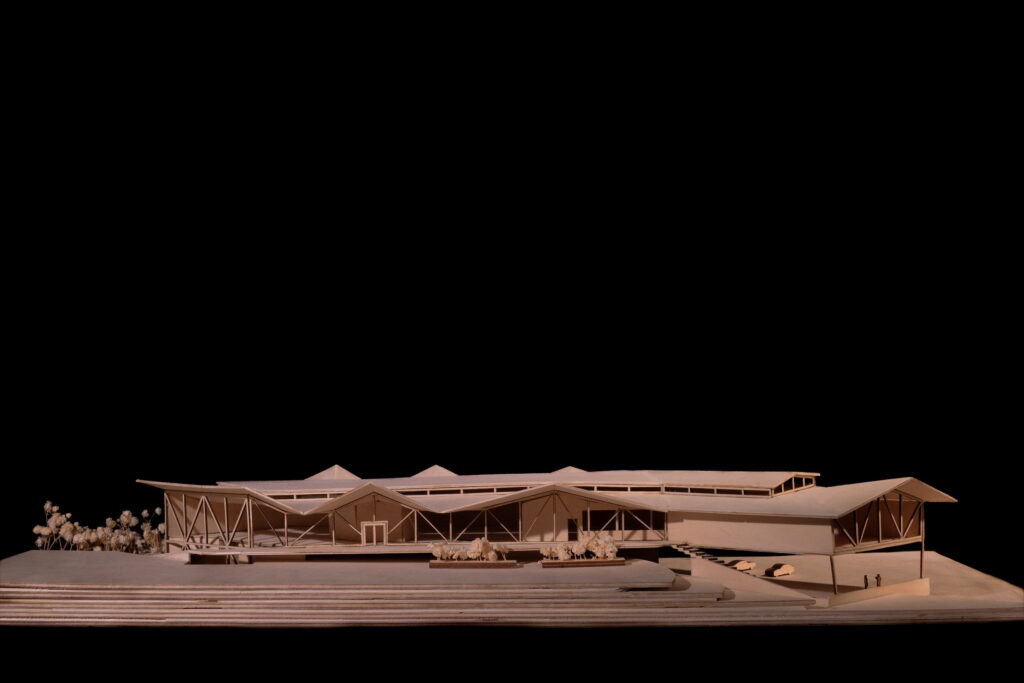
Students: Sarah Labonté, Katie Stuart-Kiss, and Jocelyn Leonardy
Description: The true heart of our design is the Pikwàkanagàn community. Through open dialogue and careful consideration of needs, we strive to meet their desires through our design. This will create a cultural centre where the community’s ideas take form, designing a building that encourages storytelling, knowledge sharing, and ceremony, where every individual feels seen and heard.
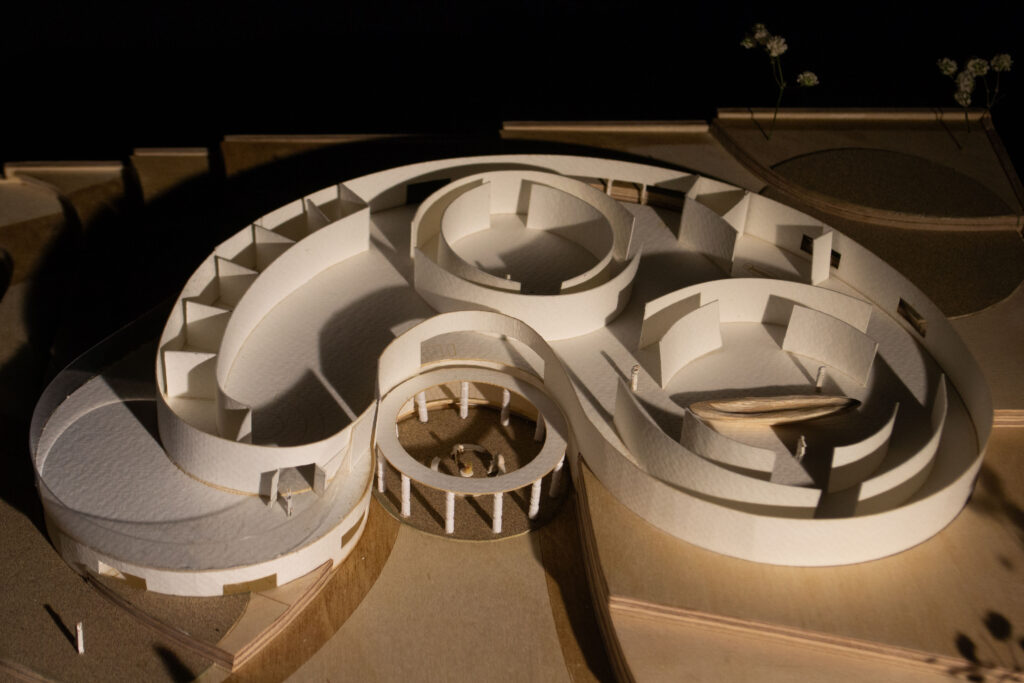
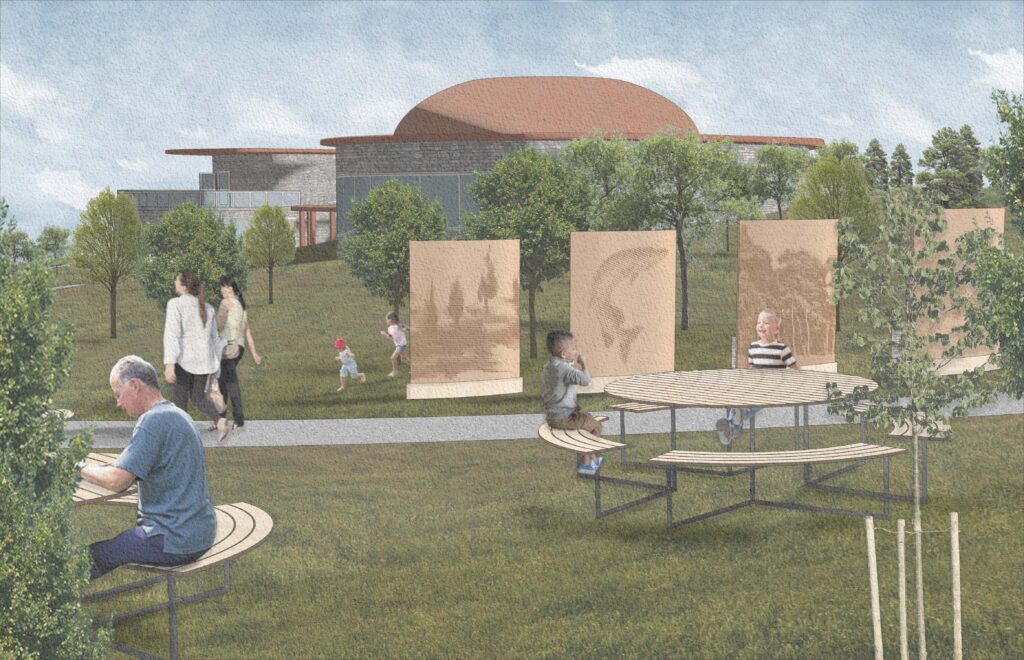
Students: Aishah Aftab and Sofia D’Amato
Description: The central theme of the building is a journey through the spiritual, physical, mental, and emotional directions of the medicine wheel. This is developed through the exterior of the building shaped like a canoe traveling over water and extends towards the Interior where the programs and functions of the building are organized with the medicine wheel.
